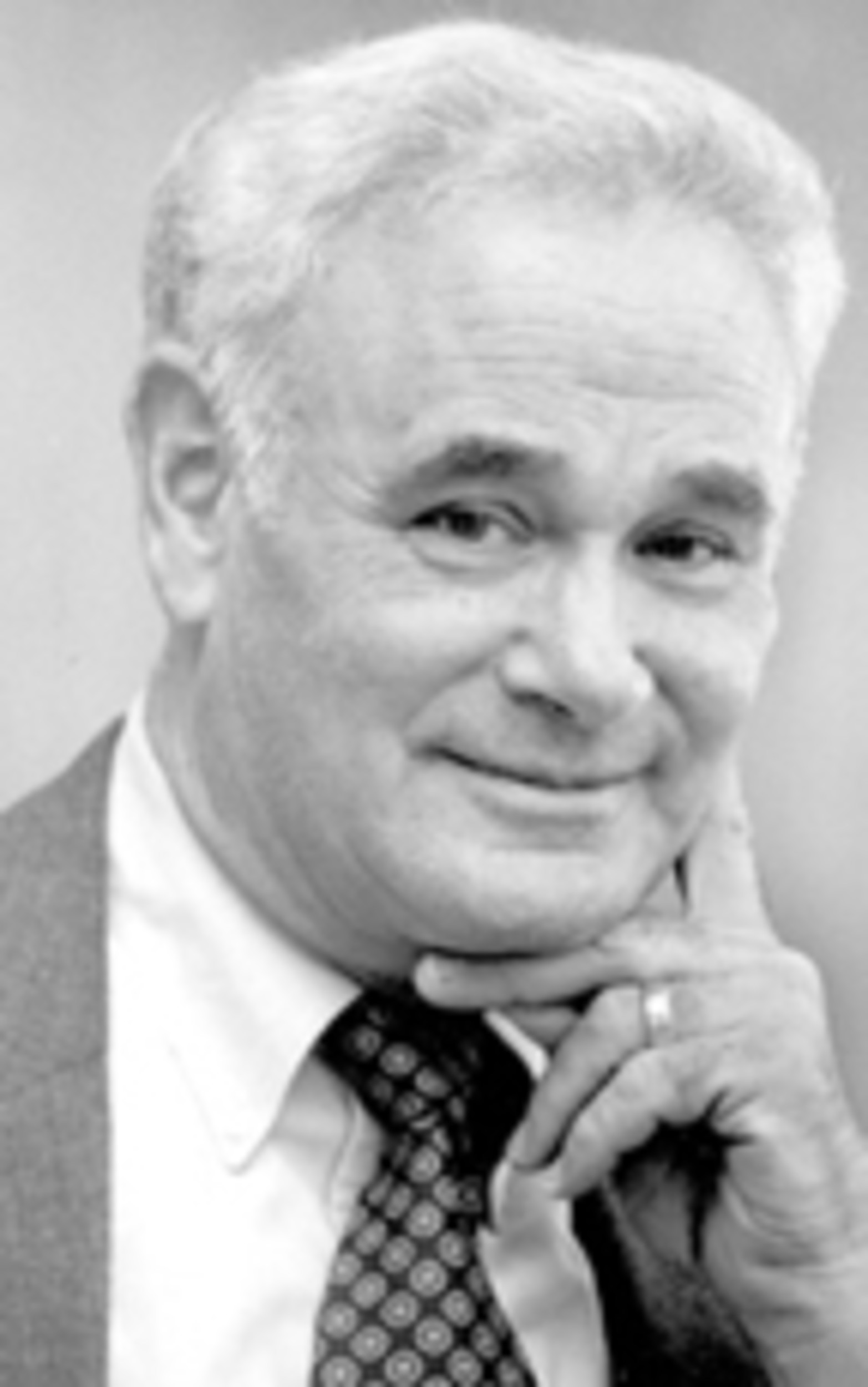In praise of the late Rabbi Saul Leeman
Rabbi Saul Leeman died at the age of 100 this past April 5 – 9 Nisan, 5777, on the Hebrew calendar. His funeral was held the next day at Providence’s Temple Emanu-El; both Rabbi Wayne Franklin and Rabbi Alan Kaunfer paid tribute to him, as did members of his family.
Rabbi Leeman played multiple roles during his long life. He was married to Dr. Elsie Leeman for 68 years. He was the father of three sons and a daughter, the grandfather of seven, the great-grandfather of three. He was also a father-in-law, brother and uncle.
While Rabbi Leeman was involved in myriad ways with the Jewish community of greater Rhode Island, I knew him as my distinguished older colleague. Long after his retirement, Saul continued to attend meetings of what was then called the Rhode Island Board of Rabbis. Time and again he would astonish us younger rabbis with his enormous erudition. He appeared to have an almost photographic memory of the entire text of the TANAKH, our Hebrew Bible. In recognition of his mastery of Biblical Hebrew, the Jewish Publication Society appointed him to serve on their committee of translators for the third section of the TANAKH, Ketuvim (Writings).
On several occasions, Saul demonstrated a deeper grasp of the complexities of our Hebrew calendar than any person I have ever met. As many readers of The Jewish Voice are aware, the Hebrew calendar is essentially a lunar calendar – there is always a full moon on Passover and Sukkot. However, unlike the Muslim calendar, in which Ramadan migrates through the four seasons, our Hebrew calendar borrows some aspects of the solar calendar to ensure that Passover is always observed in the spring while Sukkot is always observed in the fall. To keep our holy days in season, from time to time our calendar adds a 13th month, Adar I. This extra Adar is added on the 3rd, 6th, 8th, 11th, 14th, 17th and 19th years of a 19-year cycle.
At this point, one might be tempted to say, “Enough already!” But Saul, a man of infinite curiosity, felt the need to further explain the astronomical basis for this confusing state of affairs to help his colleagues understand precisely why these 19-year cycles must begin on one particular year and not another. I confess that at times Saul’s lucid explanations exceeded my ability to comprehend.
I had the great privilege of studying Talmud privately with Saul for close to a decade during the years before I retired from Temple Habonim in the summer of 2007. By then, Saul was in his 80s, but still sharp as a tack. At first glance, we formed a most unlikely hevruta (study partnership). While Saul had a strong background in Talmud, beginning in high school at the Yeshiva Etz Hayim in Borough Park, Brooklyn, and continuing through years at the Conservative Movement’s Jewish Theological Seminary in Manhattan, my own exposure to Talmudic studies was thin, to put it politely.
In general, I am grateful for the rabbinical education I received at the New York School of the Reform Movement’s Hebrew Union College-Jewish Institute of Religion. In particular, I will forever be in debt to the late Rabbi Eugene Borowitz for introducing me to the world of modern Jewish religious thought. That said, I learned little Talmud during my five years at HUC-JIR.
I was not surprised, then, that Saul seemed somewhat reluctant to study Talmud with me on a weekly basis. I well understood that he did not suffer fools gladly. However, I made it clear to him that I would never enter his home, on Elmgrove Avenue, unprepared. Armed with a copy of the Adin Steinsaltz edition of the tractate Bava Metzia, which includes a clear Hebrew commentary as well as a Hebrew translation of Aramaic passages, and encouraged by Saul’s firm but welcome guidance, I took the plunge into the sea of Talmud:
“Two men grab a single cloak. This one says, ‘I found it.’ The other says, ‘I found it.’ This one says, ‘It’s all mine.’ The other says, ‘It’s all mine.’…”
Week after week, Saul and I spent intense sessions wrestling with such questions as: What does it mean to own something? Does being the first to see a lost object make one the rightful owner? Or must one take physical possession of the object in order to claim ownership?
My weekly visits with Saul continued year after year. As he helped me become a more capable swimmer in the challenging cross-currents of Talmudic discourse, I came to view my hour with him as one of the high points of my week.
When we were engaged with the text, we were participants in a discussion that spanned the centuries. A Mishnaic text from the 2nd century investigates a Torah text from the 10th century B.C.E. A piece of Gemara from the 4th century challenges the Mishnah, while the great medieval commentator Rashi (1040-1105) puts a new twist on that piece of Gemara, only to be contradicted by his sons-in-law and grandsons in the Tosafot. All this on a single page of Talmud!!
Without the guidance of Saul Leeman, my rabbi and my teacher, I would never have learned how to swim in the sea of Talmud. Thank you, Saul, for helping me achieve a deepening sense of rabbinic authenticity.
JAMES B. ROSENBERG is rabbi emeritus at Temple Habonim in Barrington. Contact him at rabbiemeritus@templehabonoim.org.








